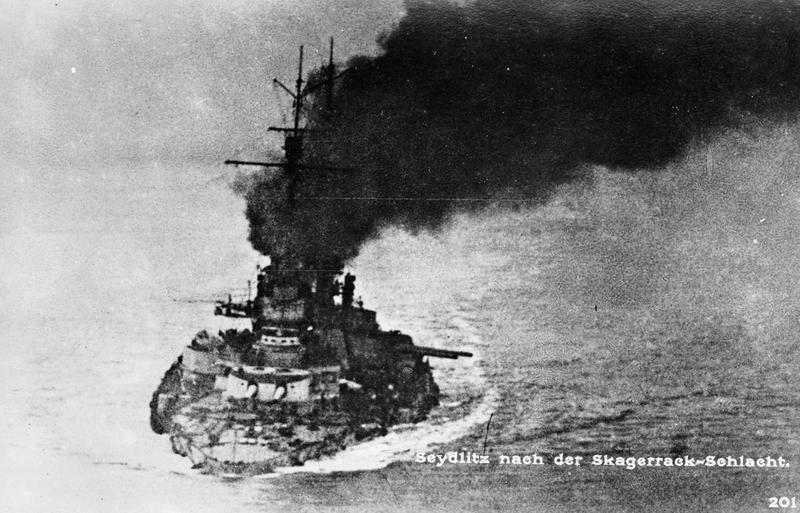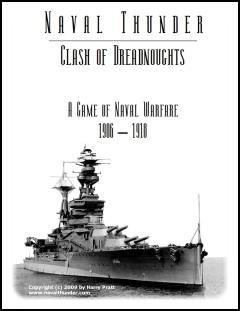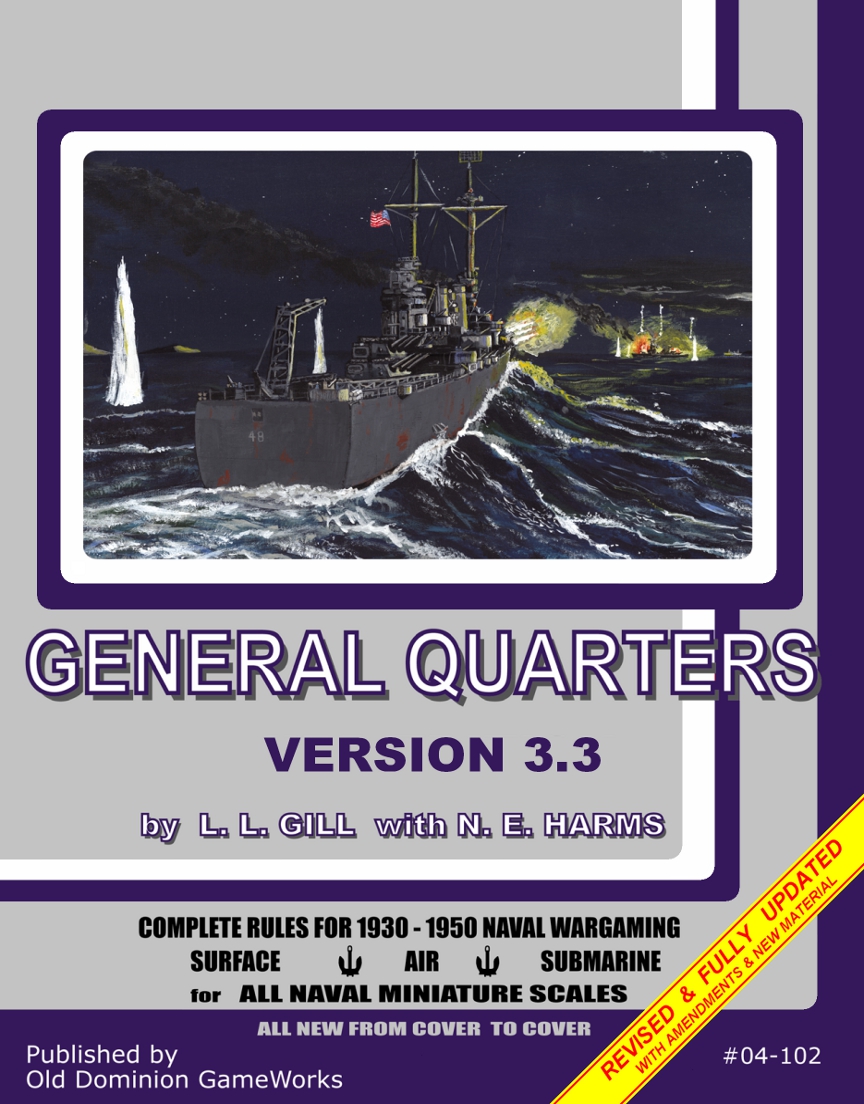
So after a timely start in 2014 - with the 100th anniversary of WWI in the works - there hasn't been a lot of progress with this project. This is a bit disappointing - seems I never manage to make these anniversary events - I'm always too early or too late!
At least regarding some movement on this project and blog, I'm hoping to change that.
Went to a naval game run at the old club, and it was a sort of player-friendly and fun Russo-Japanese naval game. The rules are "When Dreadnoughts Ruled the Seas" by Brian DeWitt, with some modifications by the host, David Cochran. I am having trouble finding info on the rules, will add later if possible. In any event, it was a surprising victory for the Russkies! It was quite fun, and has me digging out this WWI project again and pondering gaming possibilities.
So here, I've added a link to the excellent PDF Article by Michael Harris "Surface Torpedo Tactics: Rules and Reality" which is very visual / powerpoint style, and a great read. It was presented at Cold Wars in 2010 sponsored by Clash of Arms Games.
One issue is that I'm leaning heavily into fast-play, simpler games these days. It's a bit tough with naval gaming, however, as it is so technical and sometimes I feel like one almost can't do it right without rules that respect the gadgetry. That inevitably means more complex rules harder to explain to a gang of people on a gaming night. That being said, I've never had a problem with people complaining - it is just a lot of work on my part to get people through it. They love the games however and they're the ones most requested from me to run.
This has me perusing my copy of the wonderful "Fleet Action Imminant" [FAI]

from Old Dominion Game Works [ODGW] and pondering how to put it in front of people in a simpler fashion. It would mean a fair bit of work both in thinking and planning, as well as making some QRS and ship sheets that are simplified a bit. Comprehending the excellent graphics that are provided by Mr. Gill is one slowing factor in running these games for new or rusty returning players. So far, I've had zero luck trying to convince people to read the rules and show up ready to help one side get through them.
Meanwhile, I dug out my copy of the WWI version of Naval Thunder by Steel Dreadnought Games, titled "Clash of Dreadnoughts"

These are a simplified, streamlined "beer'n pretzel" approach. I have to admit that I've less confidence in the subtleties of this particular game system but can't say that my lack of confidence is based upon detailed play of both these sets of rules. We played the original WWII rules when they first came out, but immediately ran into a problem with the smoke rules - basically, they were broken, and our play of the Battle of Komandorski Islands was a bit dull. I emailed the author and his response wasn't very helpful. Still, they are easy to get into, run and present players with a lot less to learn and think about, which also detracts from the gaming experience. This series is a best-seller at Wargames Vault, BTW, which says something about what people really like. You can check out the store HERE.
I do have a lot of experience with General Quarters 3 [GQ3]

which is also by Mr. Gill, and a lot of respect for his work as an author and naval enthusiast. I've run numerous games of these WWII rules and found them to work well with only a few modifications for large-group play. The only catch is that there's quite a bit to comprehend and get into for players. Due to the fact that it is also a lot of work for me as GM, I haven't been playing naval or running the game lately.
So the question is should I run with something that is a lot easier to play and work with for fleet actions, or run with something that is most likely a lot more true to history and the technical aspects of naval warfare in that period?
It's a tough call, b/c to a large extent naval warfare IS the technical challenges of the period, and the decisions players make should reflect that. On the other hand, I'm uncertain how many of the players are able to grasp the combination of tactics and technical issues at all, much less apply them to the table - they seem to mostly like the decision points I present and blowing up ships!
Meanwhile, been seeking inspiration and information by reading FAI - which has many excellent explanations about the history - and reading Bennett's Naval Battles of the First World War which I highly recommend as a concise but authoritative intro to the period.
This Penguin Edition is quite nicely done, but a good example of what can happen when you buy a cheap copy thru Amazon - My particular copy is old, battered and the paper a bit brittle. The good news is it means I don't care about messing it up, so am marking it with lots of notes for gaming!
The book basically condenses Bennett's other books, which are well regarded, so one can always pursue them in detail in those volumes. This condensing of other work is reflected in the way this volume is organized as shown here:
The approach is by topic, focusing on the overseas cruiser chasing, the North Sea battles, and submarine warfare. While this means that chronology of the topics is not intertwined in the narrative, if one has interest in cruiser warfare, submarines or the North Sea battles you can focus on that. It may sound odd, but it works well as one reads it, and promotes focus on topic.
The final assessment on Jutland, CH 12 "Who Won?" is an excellent distillation of the fleet challenges put forward in CHs 7 & 8, and are worth the price of the book by themselves.
For the authority of the author, the useful organization, the excellent and clean narrative, and the useful summary chapters, I give this volume an A rating.
That's all for now - I'll post more soon as I try and figure out what I can do with fleet actions for WWI, which was my original intent.


An excellent right up. I was wondering what you meant on Naval Thunder by this quote "but immediately ran into a problem with the smoke rules - basically, they were broken". I was just curious as I know others who like the rules. Thank you for this great post.
ReplyDeleteHey CPT, thanks for chiming in. Smoke was used in the original battle and it's a chase of the USN by the IJN who are much stronger. So I needed to try the smoke rules. It was a few years ago, but my main memory is that combining the turn sequence with the smoke rules, it made it impossible for the IJN to shoot at the USN. They also couldn't shoot at the DDs laying the smoke since I was turning at the end of my move so that the DD itself would also end up behind the smoke.
DeleteWe kicked around some ideas for a fix, and I also posted at the forum, but the author replied and basically said well, they're an optional rule anyway. I was like "yes, but it's an optional rule that breaks the system". I expected at least some feedback on a fix, or better yet, that they'd worked one out.
Then the friend that was putting this forward brought in GQ2. I didn't like it at first b/c it is a bit demanding. On the other hand, I finally gave in and committed to a close read - not only did I learn a heckuva lot about naval warfare, but I understood that the primary friction zone for naval warfare is the technology. The second is of course the weather. So you need excellent rules for both.
This is part of my thinking since I'm trying to decide what's easier and better: simplifying GQ3 a bit or tinkering with NTBR & CoD.
Any of the above can work for a great naval game. As my next post will reveal, nearly no rules at all can be a lot of fun - stay tuned!